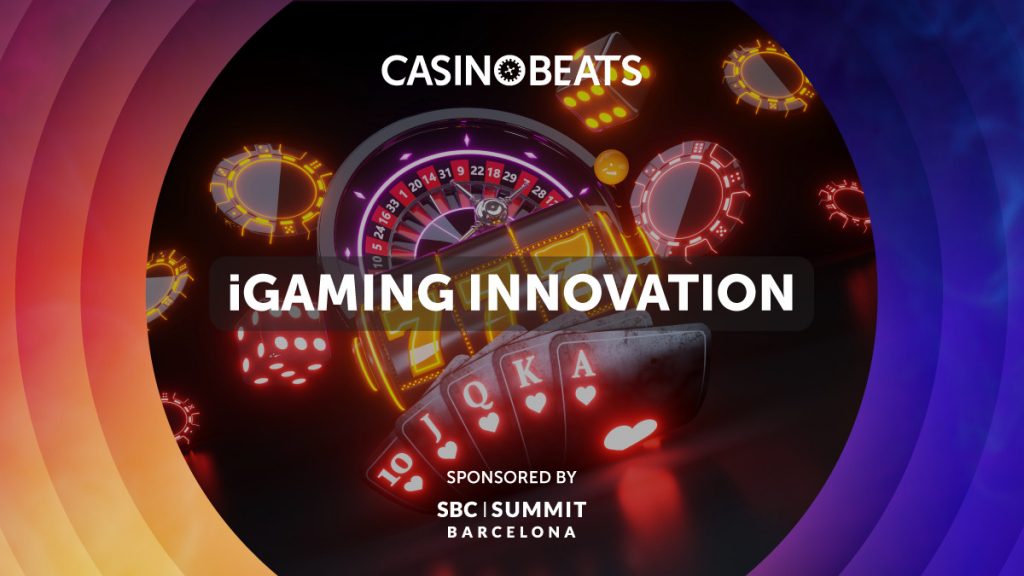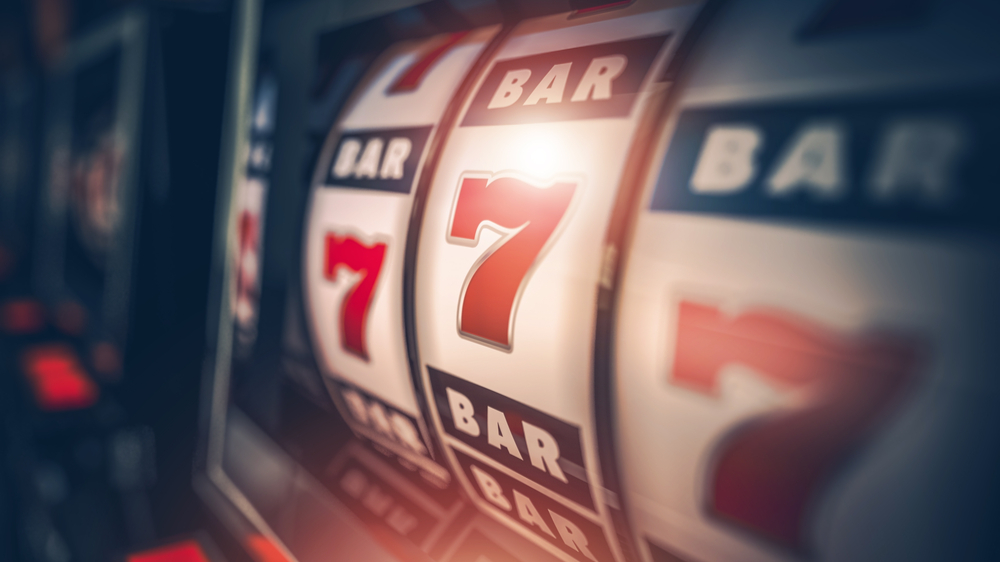The apparent golden age of film and television that audiences are currently experiencing is said to be one of the major drivers for the renaissance of branded slots.
Those were the thoughts of Simon Hammon, Relax Gaming’s newly-elected CEO, who will be participating in a panel session at SBC Summit Barcelona next week on this very topic.
Ahead of his appearance, Hammon provided his insight into how branded slots compare to in-house original creations, operator appeal reflecting brand selection and social media impacts on the slot sector.
CasinoBeats: Branded slot titles seem to be witnessing a small renaissance recently, what can you attribute this to?
Simon Hammon: There are a great many reasons why this is the case, not least the fact that brand IP holders have grown savvy to the fact that there are huge revenue gains to be had in the igaming sector. On top of that, from the developers’ side, there are now far fewer unknowns in the process of leveraging IP to draw players to a new game than there were even five years ago.
One of the major drivers in this renaissance is that we’re living in a golden age of film and television, there has never been more engaging themes and narratives that are capturing players’ imaginations than there are right now.
Branded slots give suppliers an opportunity to release games that automatically receive a more optimal position in an operator’s lobby. This subsequent marketing support is then a valuable marketing tool for operators looking to significantly boost their acquisition, retention, and engagement.
Of course, utilising a branded IP is just one way of standing out from the crowd and creating visibility or recognition, but it has proven effective in this arena.
CB: Data-wise, is there a substantial difference between how a branded slot performs compared to an in-house original release?
SH: Ultimately, the data will reflect how the game resonates with players, and that may come as a result of its brand, but there are no hard and fast rules here. A branded slot may accumulate a higher than usual unique player base as it naturally generates more curiosity than a non-branded game would.
It may even mean it gets some preferential operator positioning in lobbies, but what can often happen is that it falls much quicker than another slot once the intrigue has waned.
Stats-wise, the tangible ROI and financial performance of a production needs to be considered. Given the high competition rate of the igaming sector, paying the brand fees on top of existing costs can often mean they are less profitable than those that use a company’s own IP.
Far more important is the game’s mechanics and gameplay when it comes to ROI. Players will return to a game they enjoy again and again, while a brand they are familiar with will only attract them once if the game doesn’t deliver. Combining a recognisable brand with engaging gameplay is the best of both worlds but that is easier said than done.
CB: How big a part does operator appeal have in deciding what brand should be selected for slot development? Are they just used as an acquisition tool or is there more depth?
SH: Operators have an in-depth understanding of their customers and what works well in their lobbies, so we’re always keen to get their perspective on what players will find engaging. Ultimately, listening to our operating partners is the best step we can take to mitigate any chance of failure.
There’s certainly no doubt about branding’s strength as an acquisition tool. But investing in a brand is nevertheless a calculated risk. Knowing they’ll get an extra push helps cover the cost of the investment, but this doesn’t guarantee success. The game underneath the brand is the real investment, this still needs to be enjoyable so that it doesn’t fall away quickly, and this is what Relax promises in its wares.
CB: Social media video platforms, such as TikTok and Instagram, are the go to apps for a younger demographic. Do you think the slot sector would endorse branded content based on social media influencers and how can the sector use these platforms to promote their branded titles?
SH: The greatest advantage that the likes of TikTok and Instagram offer us is that they are a window into the next generation of players. The slot sector can learn a lot from these channels both on a user-behaviour level as well as on a thematic one.
In terms of promoting gaming brands on these platforms, the first step would be ensuring that the age restriction is set for viewing any such material. Secondly, it’s important to adapt all messaging and content to the platform itself.
Loosely speaking, in terms of formatting, that would primarily mean short, snappy, and entertaining videos for TikTok and real-time story-use for Instagram.
On a deeper level however, it’s important to remain human across these platforms and embody brands in ways that are fitting to the channel. In Relax’s case, we frequently update our Instagram profile and use stories for live updates at events and in the offices, just as an influencer might. This helps us remain relevant to our social media audiences.
CB: Studios usually have to pay a percentage of profits to the brand’s licence holder, how much of a put off is this to suppliers/operators and how does it impact the player’s experience?
SH: In reality, the player shouldn’t be impacted in the slightest. In this competitive market, suppliers should be producing branded content to stand out from the crowd and not simply as a means of recouping from operators.
This approach was the norm a few years ago, but operators won’t pay for that in this day and age, nor should they be expected to. There is simply too much high-quality choice on the market to justify operators paying a premium for branded content that isn’t necessarily worth the investment.
CB: How does a studio decide on what brand to use for its next release and what challenges do you face when developing a branded slot?
SH: It’s vital to choose a brand with broad appeal. If a brand is too niche, there’s a risk of putting off casual players. It’s also worth keeping in mind that avid fans of the brand might also be disappointed by the game if they feel themes are misrepresented, or if the gameplay could more loyally reflect the IP.
A brand doesn’t necessarily yield higher performance, because of the expectations set by brand association and it’s very easy for fans of the brand to feel it could have been done better.
An obvious challenge is that adding a brand to a slot also means adding an extra level of approvals from the brand holder, which can sometimes lead to a ‘too many chefs’ situation.
Adhering to some brands’ strict guidelines can also hamstring the game production process, making for a more rigid game that players are less likely to enjoy.
CB: Moving forward, what could we see from branded slots in the near future which isn’t already out there (apart from a new IP)?
SH: Being the company to create the branded experience or being part of the branded world is a clever way of combining several elements that make slots enjoyable for players. Some live casino suppliers have taken brand IP and made it an integrated player experience, which is a sound approach. It offers a more immersive player experience than purely viewing a brand in slot form.
However, the game underneath the brand is the real investment – this still needs to be fundamentally enjoyable. Perfecting this combination of familiar brands and engaging gameplay will be one reliable path to success as we move forward.

iGaming Innovation is to form one key aspect of this year’s SBC Summit Barcelona 2022, which takes place at Fira Barcelona Montjuïc on 20-22 September.
This will see 6,000 delegates enjoy a 12-track conference covering all aspects of the international sports betting and online casino industries, an exhibition with 200 companies showcasing their latest innovations, and a programme of spectacular evening networking events.
Visit the SBC Summit Barcelona website to book your all access or discounted group pass.










